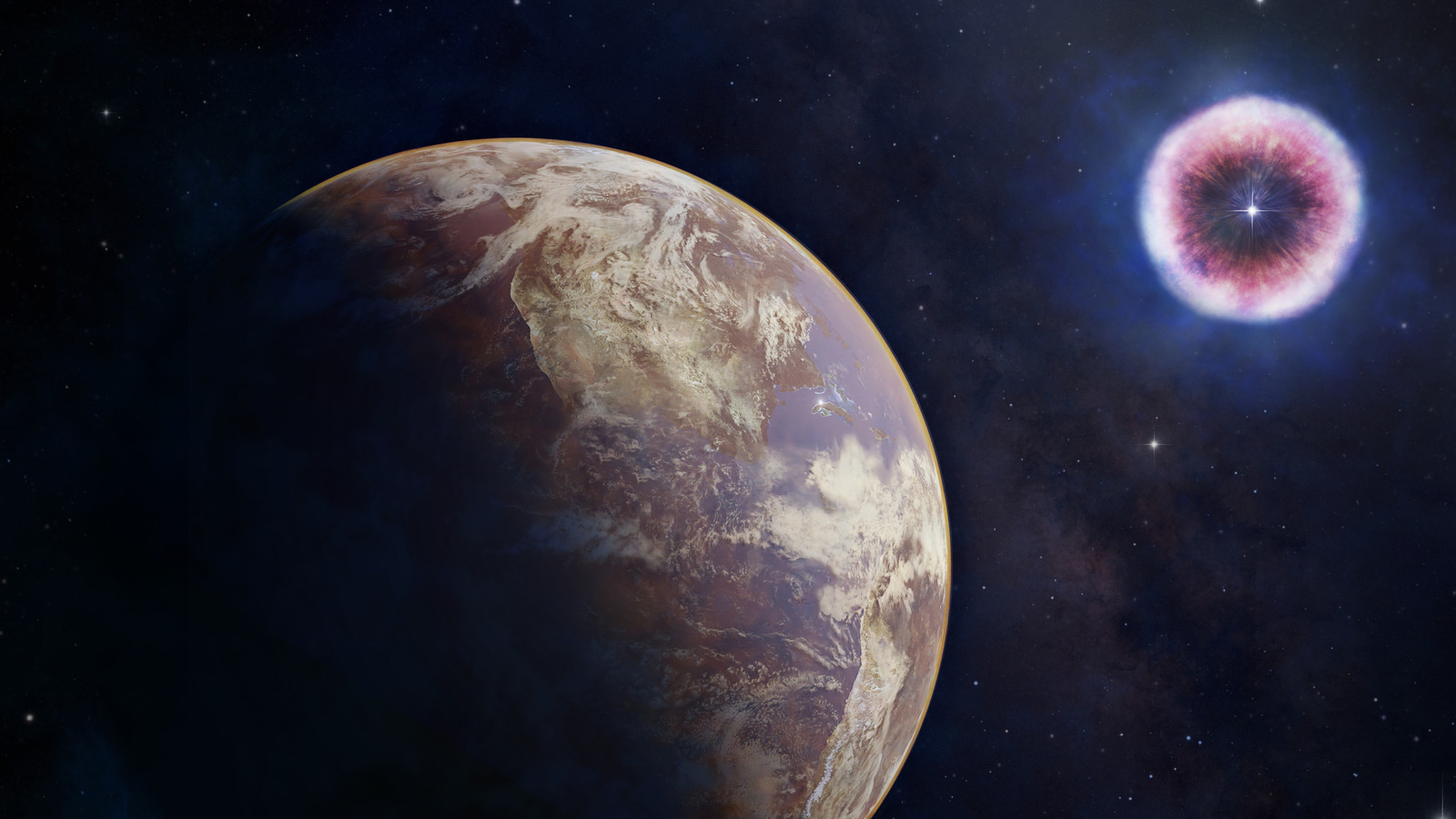
The researchers discovered this effect by studying X-ray observations of 31 supernovae, seeing how far the impacts of these explosions can reach. NASA is quick to point out that we don’t need to worry about being the victim of a supernova stripping our atmosphere, as there are no potential supernovas near enough Earth to be a concern. For reference, a relatively nearby star predicted to go supernova relatively soon is Betelgeuse, but that is located around 650 light-years away, so it’s too far away to cause problems here.
But our planet could have been hit by an X-ray blast from a supernova in the past. “The Earth is not in any danger from an event like this now, because there are no potential supernovae within the X-ray danger zone,” said co-author Connor O’Mahoney of the University of Illinois. “However, it may be the case that such events played a role in Earth’s past.”
The evidence for this comes from a particular radioactive type of iron that is absent from some places on Earth, suggesting that two supernovae could have occurred between two and eight million years ago. Such an X-ray blast could cause terrible damage to the food chain, particularly by affecting marine life. NASA even suggests that the effects could potentially cause an extinction event — but it also points out that there is no evidence linking past extinction events like the death of the dinosaurs to the known supernovae events.
Stay connected with us on social media platform for instant update click here to join our Twitter, & Facebook
We are now on Telegram. Click here to join our channel (@TechiUpdate) and stay updated with the latest Technology headlines.
For all the latest Automobiles News Click Here
